Dec 6th 2024
The growing need for delivery and city-hauling services led to the strong market demand for Class 5 trucks. While larger trucks definitely win when it comes to payload, smaller ones never fall short in profitability and productivity. In this blog, we’ll discuss the history of the Peterbilt 325 and why it’s one of the most popular medium-duty trucks ever to be released on the market.
History of the Peterbilt 325
Like other Peterbilt models, the 325 has a long and winding history of development that can be traced to the production of the 340, 325, 535, and 210. To understand why the company settled on the final version of the unit, let’s go through each of these models.
2007 – Peterbilt 340
Released in 2007, the Peterbilt 340 is one of the company’s attempts to expand its medium-duty offerings. It was designed without a fifth wheel with the goal of becoming a more standard vocational vehicle fit for everyday use. The unit came with powerful engine options such as the Caterpillar C7 and Cummins ISC, which was previously named the PACCAR PX-8.
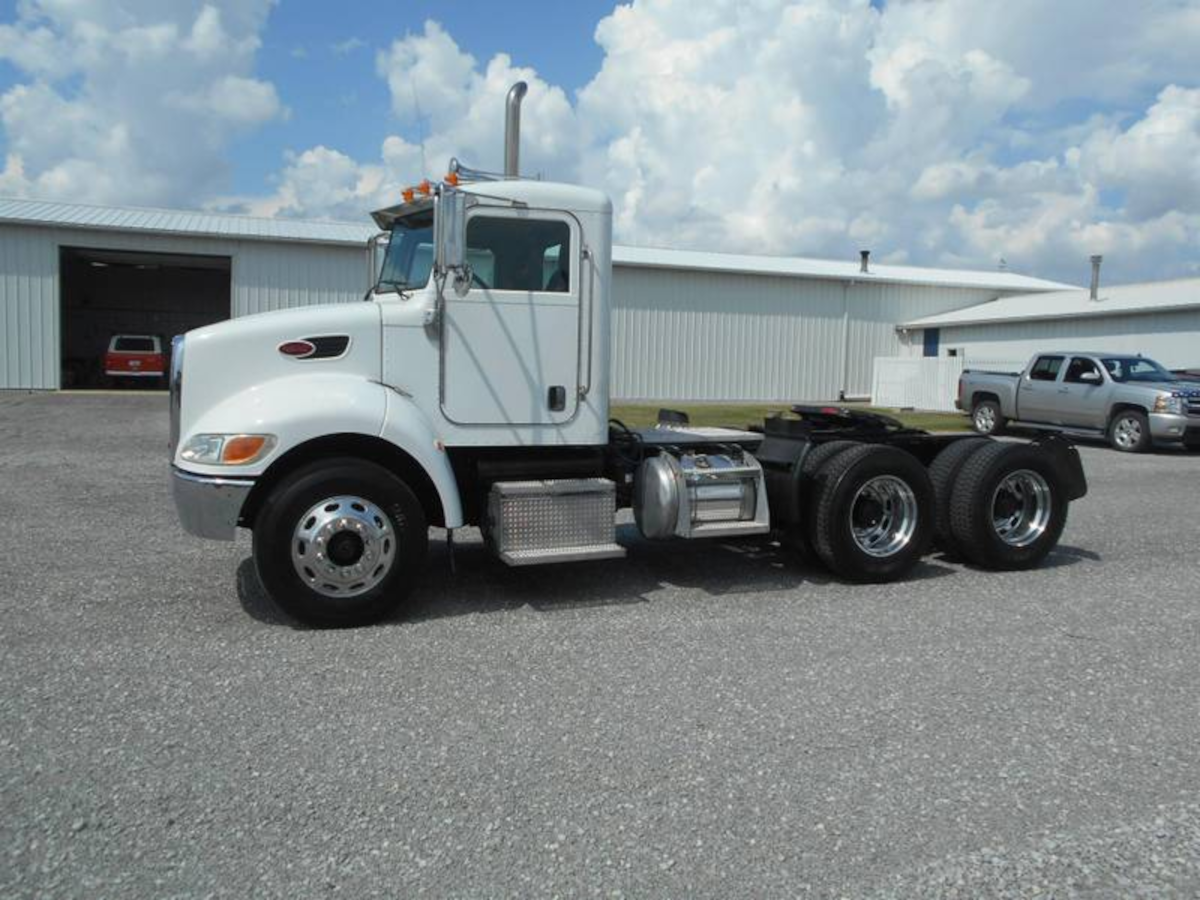
Despite its impressive design, the 340 was considered one of Peterbilt’s lackluster trucks, and it was one of the company’s most short-lived models. Because of the market’s underwhelming response to the model, it was only produced in Montreal, Canada. Ultimately, the model was discontinued in 2010, only three years after its launch.
2008 – Peterbilt 325
There’s no denying that the Peterbilt 325 immediately gained a huge following when it was introduced to the market in 2008. Labeled as a Class 5 medium-duty truck, the 325 was made available with PACCAR PX-6 6.8L and PX-7 6.7L diesel engines. Because of its overall design, it became a popular option among towing, leasing, delivery, pick-up, and landscaping companies.
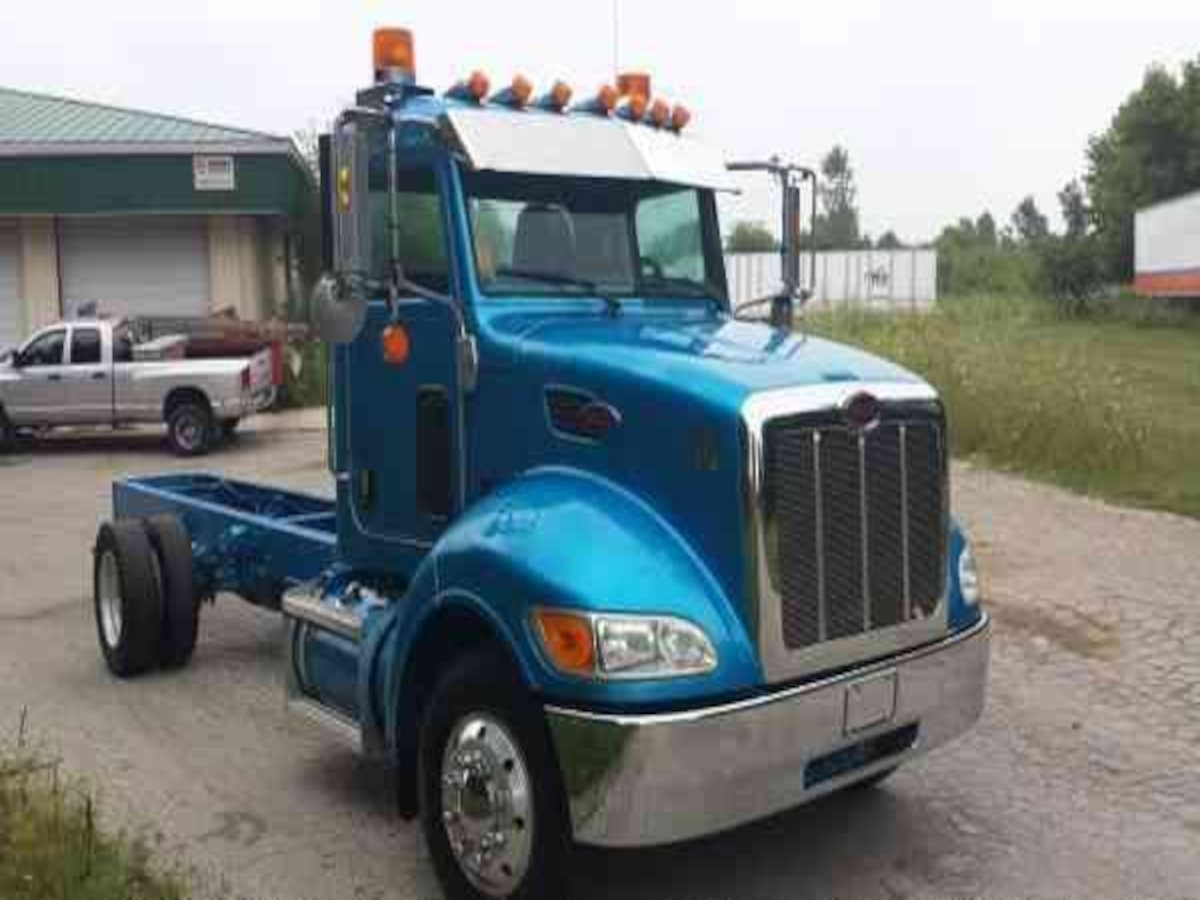
Despite its popularity, the 325 was replaced by the Peterbilt 535 in the first quarter of 2022. Regardless of this, numerous units continue to circulate around the market since there aren’t many medium-duty trucks that can perform as efficiently and productively as the 325.
2013 – Peterbilt 210
Before being discontinued, the 325 paved the way for the production of the Peterbilt 210 in 2013. The Class 6 commercial truck was manufactured with the chassis of the 325 partnered with a medium-duty cab. The model also came with a sole engine option, the PACCAR PX7.
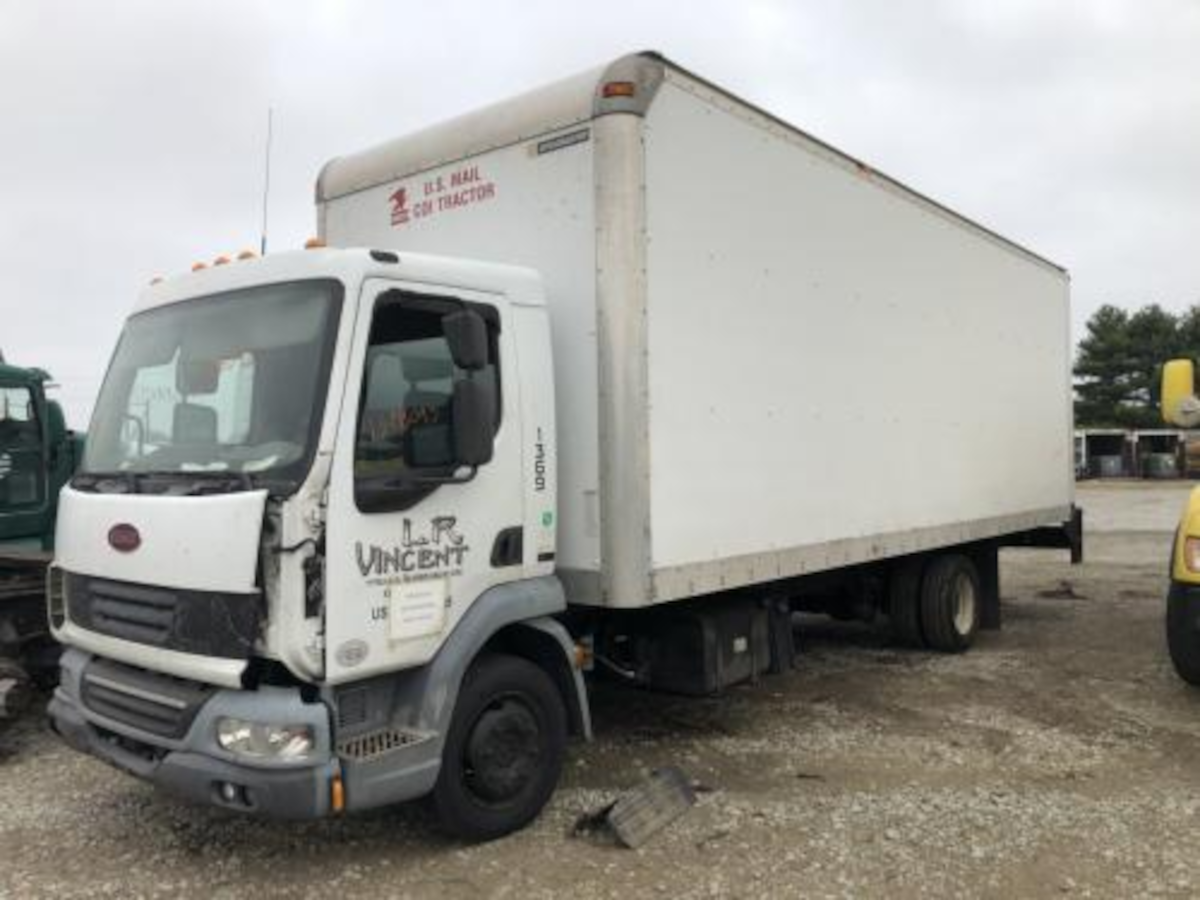
What most people don’t know is that Peterbilt has been trying to create the best commercial truck since the 1990s, but for some reason, no designs were coming off the ground. Thanks to the success of the 325, the company sold numerous units of the Peterbilt 210 before it was retired in 2016.
2022 – Peterbilt 535
The Peterbilt 535, released in 2022, is now the most updated medium-duty offering of the company. The model is promoted as a highly efficient, driver-friendly, and reliable truck for leasing and rental applications. It’s made available with a 6.7-liter PACCAR PX-7 engine for lightweight use and a PACCAR TX-8 automatic transmission for more heavy-duty hauling needs.
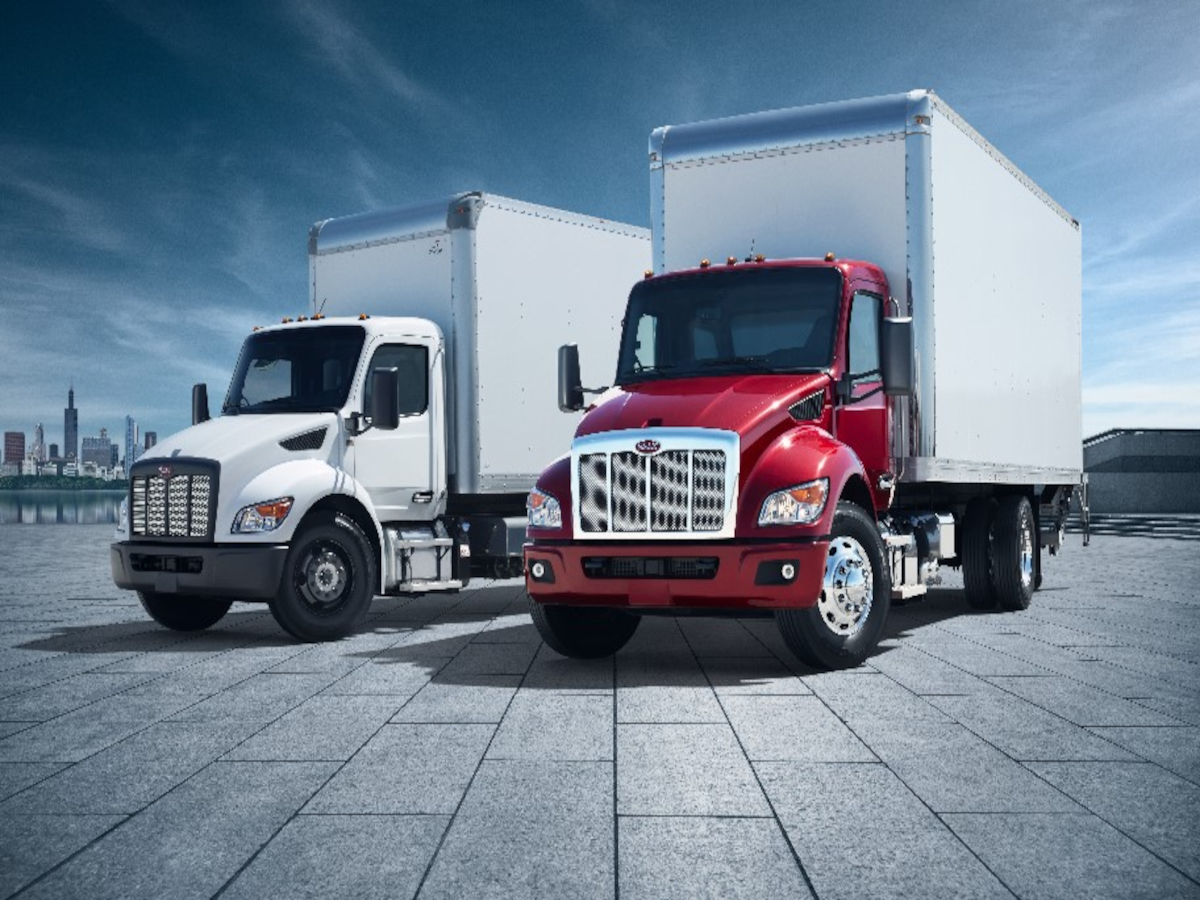
Additionally, the truck’s exterior design sports aerodynamic efficiency and exceptional visibility, with three bumper options allowing for integrated collision mitigation technology. The hood design is optimized for excellent driving performance, while the headlights are created with high-performing halogens. The cab is also spacious, comfortable, quiet, and intuitive, with a lowered floor for easier ingress and egress.
Features of the Peterbilt 325
To understand why the Peterbilt 325 is considered a Class 5 powerhouse, let’s take a look at its features, including its engine, exterior design, and interior components.
Engine
For medium-duty clients, the 6.7-liter PACCAR PX-7 engine comes with 660 lb-ft of torque and 200-300 horsepower. This engine combination leads to improved performance, lower operating expenses, and increased uptime. Due to the high-quality chassis, the unit is expected to have long service intervals and minimal maintenance work, which are sought-after features for city service trucks.
Exterior
The cab is made entirely of aluminum, making it lightweight, robust, and durable. Aside from this, its exterior also paves the way for good aerodynamics, leading to improved fuel economy. The lightweight yet sturdy Metton® hood tilts a full 90 degrees for more straightforward access to important servicing areas. Most importantly, the engine cooling system is safeguarded by a reliable stainless steel grille.
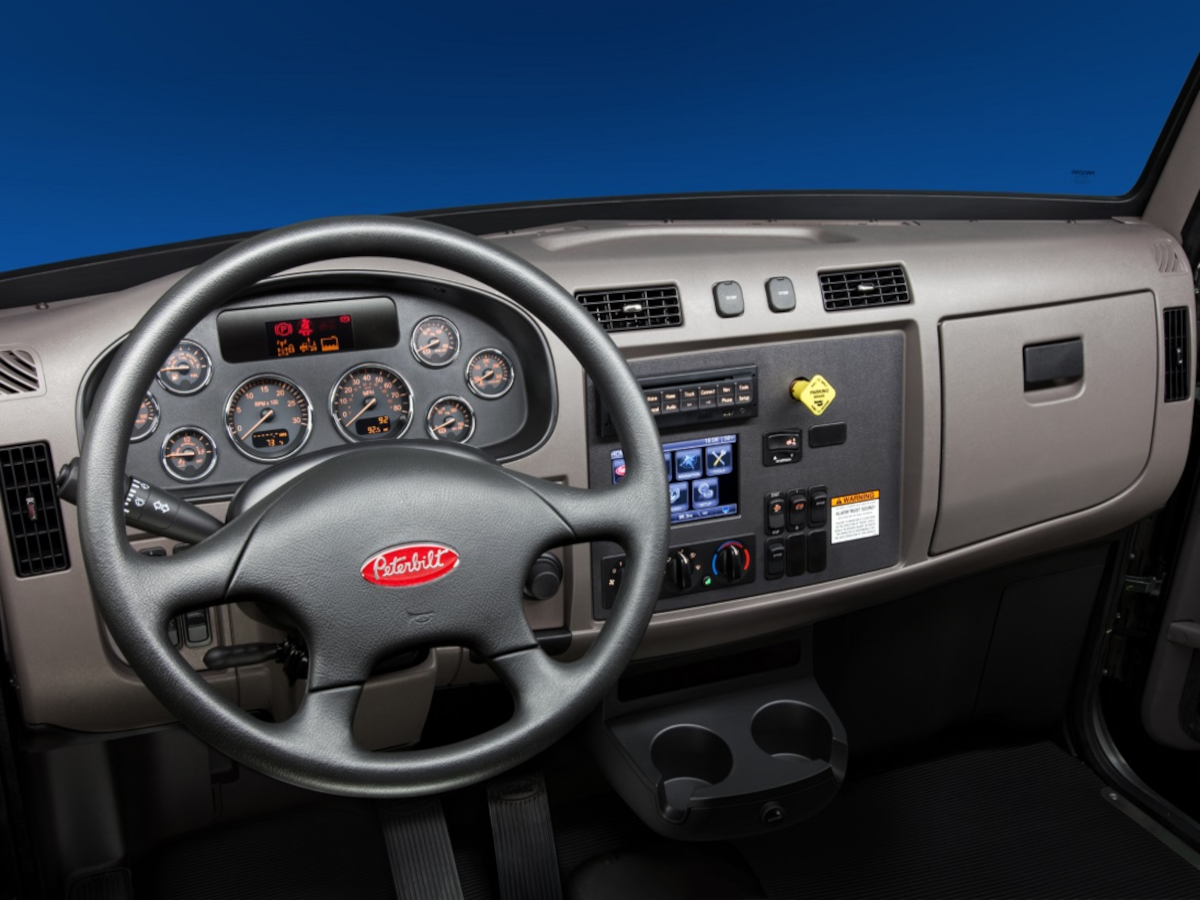
Interior
Peterbilt ensured the 325 had an ergonomic cabin for a comfortable city driving experience. Its dashboard comes with easy-to-read gauges with LED backlighting, a reliable driver information display, accurate vehicle data, and rocker switches that can be easily manipulated while driving. All of these controls are mated in a durable in-mold dash that’s highly resistant to fading, scratching, and peeling.
Aside from all these features, the 325 comes with premium power controls for door locks and power windows for secure and safe rides. Despite being a commercial truck, the model also has a high-performing HVAC system that can withstand harsh weather conditions.
Upgrades for the Peterbilt 325
While it’s true that commercial trucks are less prone to corrosion than regional haulers, this doesn’t mean that owners shouldn’t make necessary truck upgrades. For the Peterbilt 325, securing premium truck parts is essential to maintaining the unit’s longevity and overall performance.
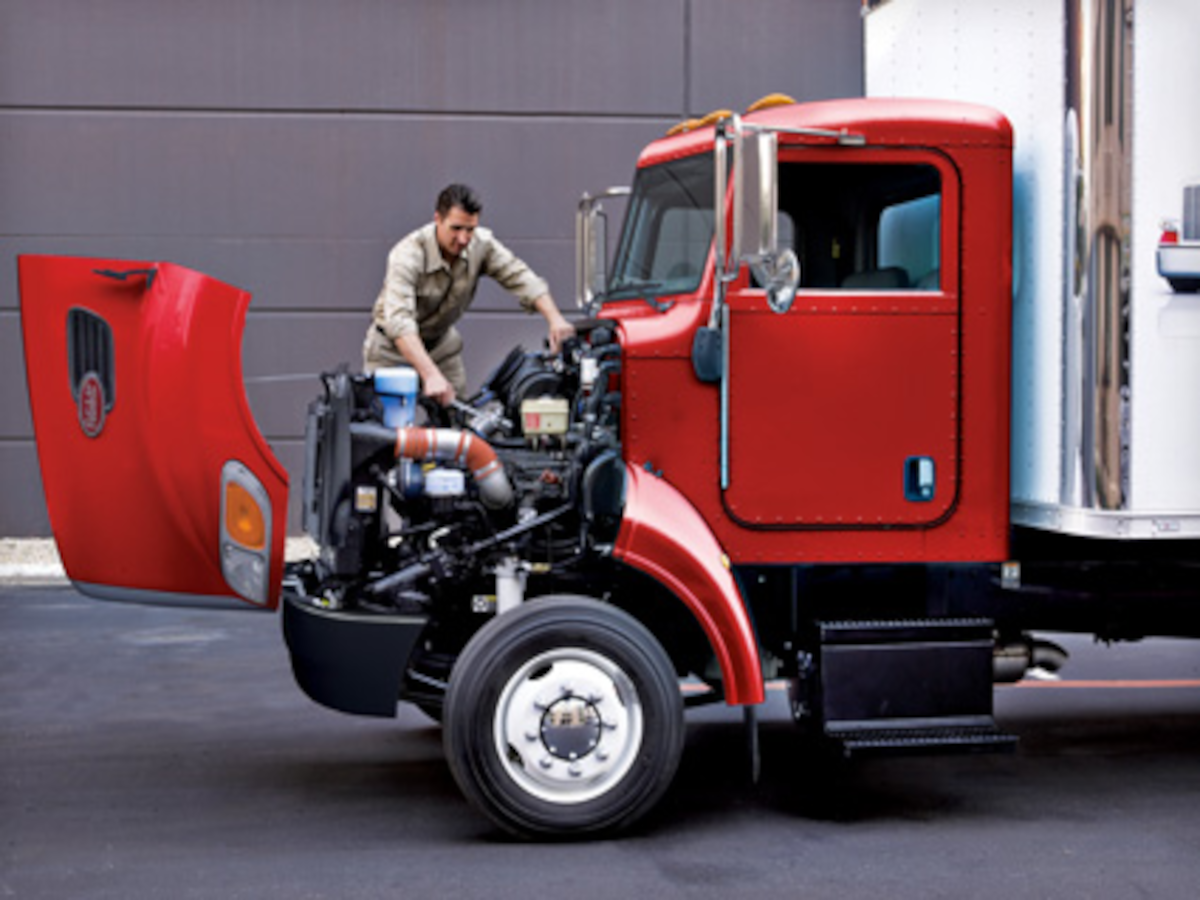
Enjoy Your Every Ride with the King of the City, the Peterbilt 325
The legacy of the Peterbilt 325 in the city leasing and renting services is undeniable. Despite being discontinued, it remains one of the most sought-after medium-duty trucks on the market. Use premium truck parts for the 325 to maximize profitability and ensure optimal driving performance.
And for top-of-the-line aftermarket semi-truck parts, make sure to visit our website to find everything you need to keep your semis running smoothly and efficiently.

